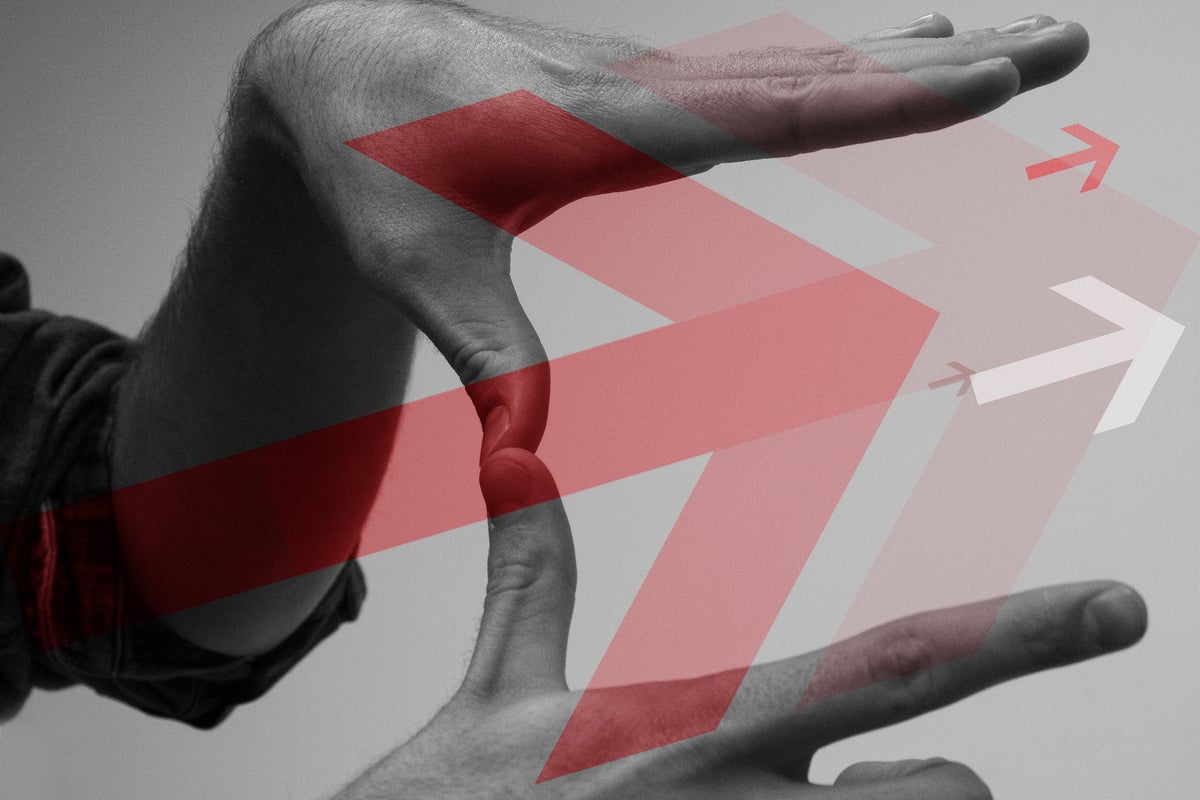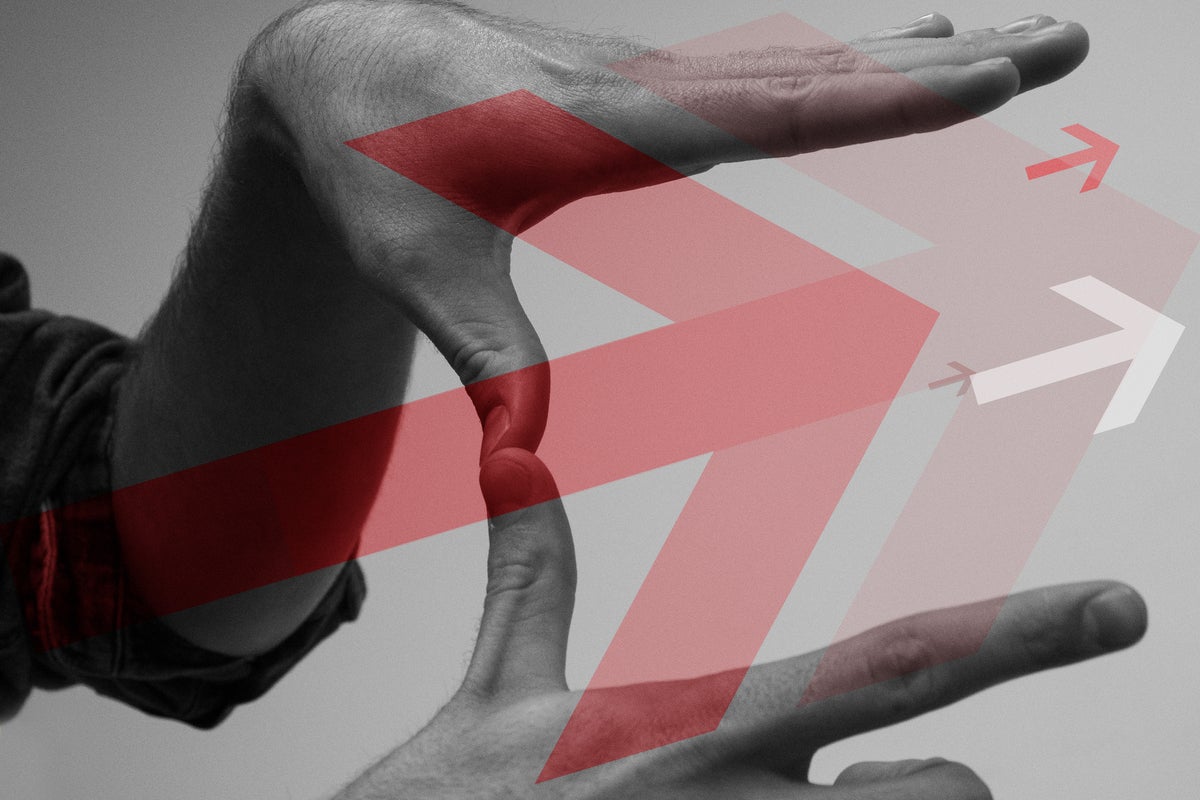
Disclosure: Most of the companies mentioned are clients of the author.
Personal technology started with terminals, typewriters and wired analog phones. Security was a simple concern, mobility was something out of science fiction, and we pretty much leased everything. Put differently, everything was a service. From the 1960s until now, we have been trying – largely unsuccessfully – to get back to that simpler time when we didn’t have to be a technician, things just worked, and we could focus more on our businesses, less on and keeping technology running.
As the world moved from mainframes to PCs, from wired phones to smartphones, and as we layered on complexity, we often lost focus on what was important. For instance, 50-plus years ago our biggest driving concern was grandparents – who liked to look at us in the back seat while they drove – and drunk drivers. Now, we fear death from the person one car over looking at a smartphone, not the road.
We spend time now with our faces buried in screens: big screens, movie screens, small screens – especially now. The COVID-19 event, and we are only coming to the end of the beginning, is likely to be with us for at least a year longer, and it is already changing priorities. We are more concerned about people around us; we need to engage from a distance because we are working remotely. We aren’t traveling or going out, so sharing everything we do on Social Media isn’t as interesting. And we look longingly at movies, TV, and pictures of a world that once was.
It’s a world we weren’t experiencing fully before the outbreak, and now miss.
I think recent changes in behavior are going to have a material impact on future technology. This week, I listened to BlackBerry CEO John Chen and his vision for his firm and products. It reminded me a lot of how the world was when IBM was dominant and, looking at this week’s IBM financials, I think both firms are pivoting to a future we may not grasp for a few years.
BlackBerry, the packaged and integrated blended office
Chen realized some time ago that the big problem with both mobile device management and security was that no one had the staff to do it right; no company had a completely blended offering to provision remote workers. Most IT professionals were buried in layered products that didn’t interoperate, couldn’t be effectively automated, and were, as a result, underutilized.
He highlighted several customers that, using BlackBerry’s tools, were able to pivot from an office model to a home model in as little as 24 hours without a reduction in security or overwhelming a firm’s VPNs because their solution was designed for this kind of event.
He showcased KISS (Keep It Simple Stupid) as his operating model, and stressed that part of any deployment should also include employee care and safety.
HP and the best home pivot
I also met with Tracy Keogh, HP’s head of human resources, and she spoke about how HP was quickly able to pivot to working from home. It did this by assuring communication, ensuring employee safety, empowering workers, and training management, and by recognizing that employees now had several unique problems that needed to be dealt with. Managers needed training; employees needed to feel part of something; executives needed accurate information; and, through all of this, customers needed extra care.
Their execution was inspired; they had people on the ground in every geography. They implemented training programs and programs to help their employees teach their kids. They offered entertainment for their employees (sometimes with the help of DreamWorks), and even found ways to redeploy contractors and engage interns while other firms were sending both groups home.
IBM and the return to everything as a service
IBM had its financial report this week, and the big news was that it was back to 60% annuity income. They are returning to the services model that made them the powerhouse they were when I was growing up, stepping away from a product model and now more closely aligning with the needs and goals of customers.
The changes have made the company more resilient to market downturns, improved customer loyalty, and delivered a tighter focus on doing what the market needs rather than what the financial analysts want.
Cisco’s CDA program
I ended the week doing a podcast with Cisco on their CDA (Country Digital Acceleration) Program, where the company engages deeply with governments to understand critical problems and only then moves to execution. This program allowed significant parts of Italy to pivot rapidly to a post-COVID-19 world, helping politicians stay in touch, people to interact with aging relatives in retirement homes, and prisoners to again virtually talk with their families.
Not only was this a significant showcase on how to collaboratively create solutions, but it also lowered the fear in the country, protected productivity, and allowed hard-hit areas to reduce the pandemic impact while improving the lives of those that benefited from the service.
The common elements
The common elements throughout these examples are the ideal of everything as a service, a focus on keeping solutions simple, secure, and manageable, and a potential return to a time when we again could focus more on what’s going on around us and stay safe and productive, not just entertained.
COVID-19 has reminded us that entertainment, while attractive, only pays the bills if you are producing it. Higher priorities are our safety, our ability to earn an income, and knowing that those we love and depend on are safe and secure.
I think this means we are going to undo the Apple/Google pivot over the next year and go back to wanting the information we get to be truthful, the technology we use to be transparent, and for a far-greater focus on safety and security.
Wrapping up: The elements of a new personal device
The elements of the personal technology solution, therefore, will include packaged security and management, more focus on assuring that content on a device is trusted, it will be based on a services model. It will be far more closely aligned with your personal needs, as Cisco demonstrated with its CDA program. And I think it will likely be 3D printed to match your unique needs.
I also think this device will be wearable, but that is just because of the need for better real-time monitoring of our health and to potentially provide better protection from those who are symptomatic. Wrapped with sensors and infrared cameras, AIs that monitor what’s going on around you, and supplemented by robots, this future technology won’t be one device. It will be a series of integrated offerings keep you safe, well informed, and productive during times of natural catastrophe.
And, of course, it will allow employees to work from wherever they need to be. A core part of the solution will be communication and the ability to travel virtually, significantly reducing our current travel risks.
Over the next 12 months, the tech industry will realize that what we have doesn’t meet the needs of the emerging post-COVID-19 world and that the result will be a massive change in the personal technology we carry. Now, we’ll see what new company, consortium, or exciting, new firm has the vision to first move on this opportunity, and which company gets it right.
What do you think the post-COVID-19 personal technology landscape will look like?



